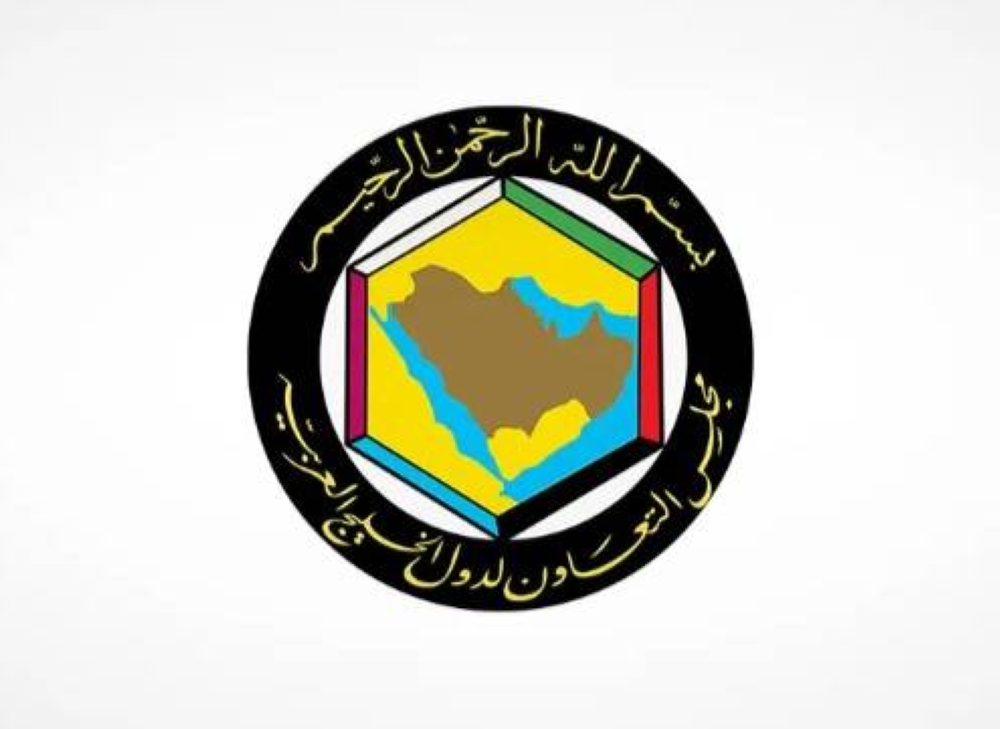The international bond issuances from the Gulf Co-operation Council (GCC) region have increased "significantly" in 2023, reflecting relatively strong economic performance, according to the International Monetary Fund (IMF).
More than half of the new issuance was by sovereigns (41%) and SWFs or sovereign wealth funds (14%), and Saudi Arabia was the main issuer, accounting for 64% of the total.
The issuances so far this year have already exceeded the total issuances in 2022. Bahrain issued international bonds and sukuk in 2021 ($4.50bn total, about 10% of GDP) and the UAE also received relatively large, syndicated loans in 2023 accounting for about 5% of their GDP.
"The GCC countries have also been faring better than EMs (emerging markets) in terms of bond flows through ETFs (exchange traded funds) and mutual funds since 2023, although the cumulative flows have become negative since the second half of August.
Stressing on the need to pursue sound debt management strategies, it said the Gulf countries should focus on further lengthening debt maturities, reducing refinancing costs, pre-financing and lowering debt when conditions are favourable, as well as building a deep and liquid domestic debt market. "Efforts to assess and monitor contingent liabilities should be strengthened further," it said.
Plans to develop a framework for assessing and monitoring guarantees and other potential contingent liabilities linked to increased private sector participation, including through public-private partnerships, are important steps towards sound fiscal risk management practices.
Improved coordination among fiscal authorities (central and local governments, SOEs, and SWFs), especially as entities that are not strictly part of the central government play a "significant" role in domestic investment strategies, would help to improve cash flow management and forecasting (including through treasury single accounts) and strengthen risk management practices.
Highlighting that reserve accumulation and net foreign asset positions are expected to improve further in 2023, the report said the GCC gross forex reserves have increased marginally in 2022 to 19.2% of GDP, while a large part of the oil windfall was accumulated abroad, including by SWFs and SOEs. Nonetheless, reserves remain adequate as they average 8.3 month of imports cover (around 100% of IMF’s reserve adequacy metric).
"There is an indication that some part of the windfall is being repatriated in 2023 to finance investment projects," it said. Despite strong growth and financial inflows, it said few GCC countries remain "vulnerable" to external shocks, as gross financing needs for Bahrain remain elevated through the medium term.
Positive external spillovers from the GCC countries include the recovery of outward remittance flows and increased GCC financial support to vulnerable countries in the Middle East, North Africa and Pakistan (MENAP) region, according to the report.
Noting that exchange rate pegs remain "appropriate" nominal anchors for monetary policy given the GCC countries’ economic structures, it said these fixed rate regimes have continued to deliver relatively "low and stable" consumer price index (CPI) inflation across the GCC.
Strong external positions support the pegs, and fiscal consolidation and competitiveness-enhancing reforms going forward should maintain external stability.
Nonetheless, GCC central banks should continue to regularly review their exchange rate pegs to ensure that they remain appropriate, it said, adding reforms to strengthen monetary policy frameworks and transmission mechanisms should continue to support transitions to more independent monetary policy regimes in the future should this become appropriate.
These include deepening the money and debt markets by issuing more sovereign debt across maturities (as necessary), further developing financial market infrastructure, and continuing to strengthen liquidity management and forecasting.
The latter will require better high-frequency data to calibrate interventions, appropriate government forecasts of revenue and expenditure, enhanced coordination between central banks and fiscal authorities, as well as regular exchanges of information with the SWFs and development banks/funds in view of the large impact of their interventions on the economy.


